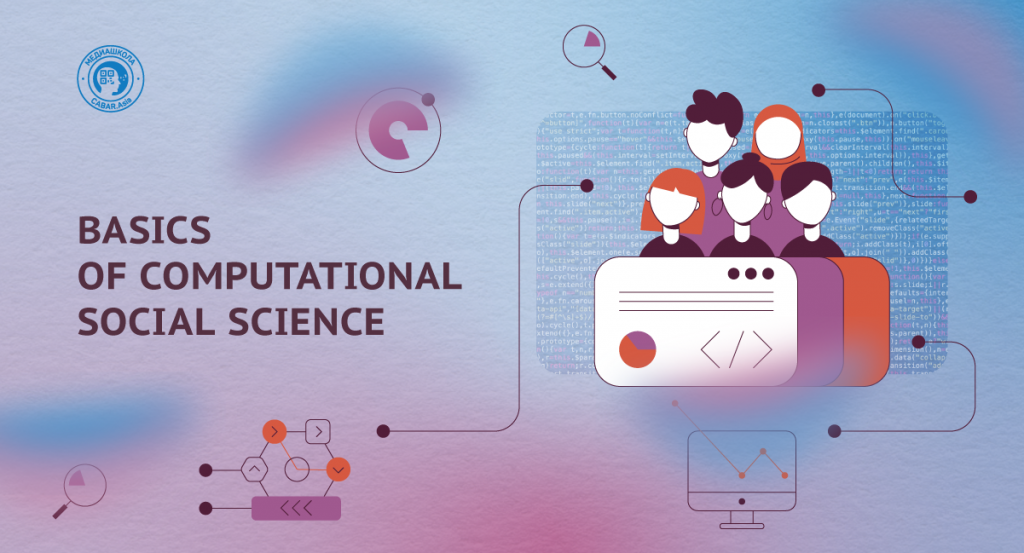What will you learn?
Program
-
Module 1
In this module, you will explore what distinguishes computational social science and why this new discipline at the intersection of computer science and the social sciences is gaining attention. You will also learn about the key concepts used in computational social science
-
Module 2
In this module, you will learn about the concept of algorithms, what they are used for, and why they are of interest to computational social scientists
-
Module 3
In this module, you'll learn about APIs (Application Programming Interfaces), which are often offered by social media platforms as interfaces that enable data collection. You'll learn how you can use APIs to collect digital data, and you'll find out how you can collect digital data if APIs aren't available
-
Module 4
In this section, you will learn what types of analysis can be done with (big) digital data, and learn some first steps in analyzing data that has been collected using API or scraping
-
Module 5
In this module, you will explore different visualization options that can be used to understand (big) digital data. You will also learn the first steps in data visualization, such as visualizing textual data with a word cloud
-
Module 6
In this module, you will gain an understanding of computational modeling techniques used in computational social science
-
Module 7
In the final module, you'll break down potential ethical issues you should be aware of when working with digital data. You'll learn about confidentiality issues and how to make sure your work with data won't lead to any harm
Instructors

Viktoria Spaiser




